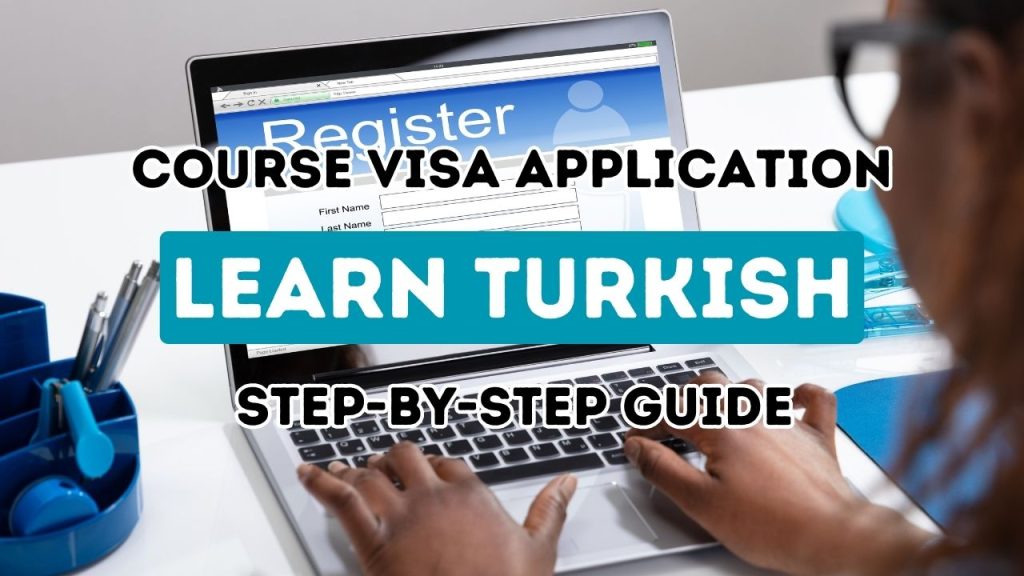Obtaining a driver’s license in Turkey is an essential step for many expats and international students seeking independence and mobility. At Turkish Council, we understand that navigating the process can seem daunting, especially for newcomers unfamiliar with the local regulatory environment. Our comprehensive guide demystifies the steps involved, from enrolling in an accredited driving school and completing the mandatory theoretical and practical training, to passing the required examinations and handling administrative requirements. Whether you’re here for educational pursuits or a fresh start, securing a driver’s license not only enhances your stay but also integrates you more fully into everyday life in Turkey. Let us walk you through this journey with clarity and confidence.
The Requirements and Necessary Documents for Foreigners
To start the process of obtaining a driver’s license in Turkey, foreigners must first ensure they meet specific eligibility requirements and gather the necessary documents. Applicants should be at least 18 years of age and possess a valid residence permit. Additionally, a notarized translation of the applicant’s original driver’s license, if they already hold one from their home country, is usually required. Other essential documents include a valid passport, a biometric photo, and a health report from a Turkish health institution verifying fitness to drive. Ensuring these prerequisites are in order will facilitate a smoother and more efficient application process.
Once the necessary documents are gathered, the next step is to enroll in an accredited driving school approved by the Turkish Ministry of National Education. The driving school will guide you through both the theoretical and practical components of the driver’s education. The theoretical instruction covers Turkish traffic laws, road signs, and safe driving practices, while the practical training provides hands-on driving experience under the supervision of a certified instructor. Upon completion of the training, you will need to pass a theoretical exam and a practical driving test. Successfully passing these exams is mandatory for obtaining your Turkish driver’s license.
After successfully passing both the theoretical and practical exams, the next step involves handling the administrative requirements to finalize your driver’s license application. You will need to visit the local Directorate General of Population and Citizenship Affairs (Nüfus ve Vatandaslik Isleri) to submit your application along with all the necessary documents, including the certificates of completion from the driving school and your exam results. There is also a processing fee that must be paid, so be sure to carry proof of payment. Once everything is verified and processed, your Turkish driver’s license will be issued. Keep in mind that the license will typically be valid for a period of 10 years, after which it must be renewed. By following these steps meticulously, you can obtain your driver’s license and enjoy the freedom of driving in Turkey.
Step-by-Step Guide to Completing the Application Process
The first step in obtaining a driver’s license in Turkey is to enroll in an accredited driving school. This is a mandatory requirement, as these institutions are equipped to provide you with the necessary theoretical and practical training. Make sure to choose a school that is recognized by local authorities to ensure that the certification you receive will be valid. During your training, you will cover important topics such as traffic laws, first aid, and vehicle maintenance. After completing the required hours of classroom instruction, you will then move on to practical driving lessons. This comprehensive preparation is designed to equip you with the skills and knowledge needed to pass the subsequent examinations and become a safe and responsible driver on Turkish roads.
Once you have successfully completed your training at an accredited driving school, the next step involves scheduling and passing the theoretical examination, which is a crucial part of the licensing process. This test evaluates your understanding of Turkish traffic laws, road signs, and basic vehicle maintenance, ensuring that you are well-prepared for real-world driving scenarios. It is conducted in multiple-choice format and typically consists of around 50 questions. A minimum score of 70% is required to pass. If needed, you can take the test in various languages, including English, to accommodate non-Turkish speakers. It’s essential to study diligently and possibly take advantage of practice tests available online to increase your chances of success on the first attempt.
After successfully passing the theoretical examination, you will then need to pass a practical driving test to demonstrate your ability to handle a vehicle safely and competently. This practical test usually takes place on a designated driving course and is supervised by a certified examiner. You will be required to perform a series of maneuvers, such as parallel parking, hill starts, and emergency stops, to prove your driving proficiency. Once you pass this stage, you will need to visit the local Traffic Registration Office (Trafik Tescil Sube Müdürlügü) to submit your application, along with necessary documents such as your residency permit, medical report, and biometric photos. Upon successful submission and review of your complete application, your Turkish driver’s license will be issued, allowing you to legally drive throughout Turkey.
Tips for Acing the Driving Test and Obtaining Your License
Enrolling in a reputable and accredited driving school is the foundational step to acing your driving test in Turkey. These schools provide comprehensive theoretical and practical training, tailored to familiarizing you not only with driving techniques but also with Turkish traffic laws and regulations. Regular attendance and active participation in these classes are crucial, as they offer invaluable knowledge and hands-on experience. Additionally, don’t hesitate to ask for extra practice sessions if you feel uncertain in any area—most schools offer flexible options to accommodate your learning pace. Ultimately, a well-rounded education from a credible institution lays the groundwork for passing your exams confidently and competently.
Preparation doesn’t end in the classroom. Familiarize yourself with the format and content of both the theoretical and practical exams. The theoretical test typically covers traffic rules, signs, vehicle mechanics, and first-aid knowledge, so thorough revision of your coursework and practice with mock tests can greatly increase your chances of success. For the practical exam, consistent practice is key—utilize every opportunity to drive under varied conditions, such as different times of the day and in diverse traffic situations. Pay special attention to maneuvers like parallel parking, three-point turns, and emergency stops, as these are commonly assessed skills. Remember, confidence comes from practice, so the more you drive, the better you’ll handle the test day pressure.
On the day of your exam, make sure you are well-rested and arrive at the testing center early to avoid any last-minute stress. Bring all necessary documentation, such as your ID, learner’s permit, and any paperwork provided by your driving school. During the test, remain calm and focused, listening carefully to the examiner’s instructions. Demonstrating alertness, proper vehicle control, and adherence to traffic laws will significantly boost your chances of passing. It’s essential to showcase safe driving habits, such as regular mirror checks, signaling appropriately, and maintaining a safe following distance. Finally, remember that a positive attitude and a mindset geared towards learning and self-improvement can make a significant difference. Even if you don’t pass on your first attempt, use the feedback provided to bolster your skills and try again with greater determination.





